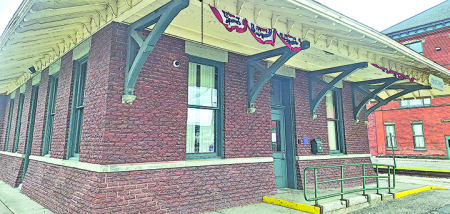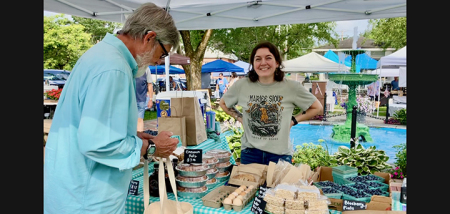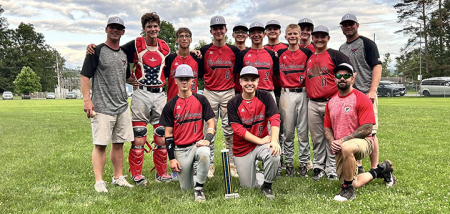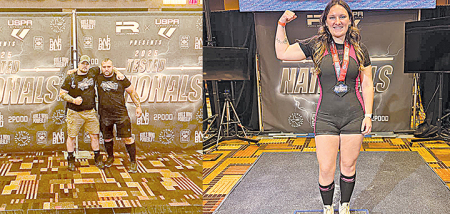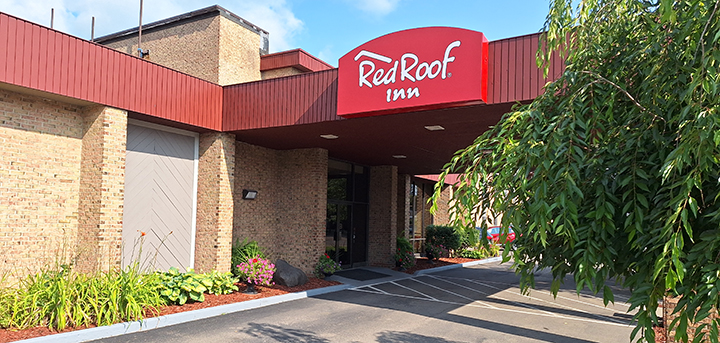Wildlife Adapts To Change, Most People Don't
Published:
February 18th, 2010
By:
Bob McNitt

If you've been watching the local Central New York news lately, you may have seen segments on coyotes roaming around residential suburban areas. Most recently there have been several reports on the large predator-scavenger canids that are starting to call the DeWitt suburbs home, in the process worrying some about safety issues of having wild animals that size so close to human residences.
I found the reports somewhat ironic since last week's column discussed these and other issues caused by development displacing natural habitat. Reports of wildlife moving into suburban and cluster developed residential areas have been steadily increasing during the past couple of decades. Initially it was primarily deer, but since has seen an increase in other species such as the coyote and more recently black bear.
I fear far too many people today seem to believe that there's a distinctively visible line that separates landscaped developed areas and natural habitat, and that wildlife stays on “its side” of that line. Most farmers learned early on that their crops were a calling card for wildlife and basically accepted that a portion would be annually lost to the opportunistic critters that consumed it. While the herbivores munched on grain and other domestic flora, the predator species often sought out fowl or small livestock such as sheep. Fruit orchards are popular with deer, sheep flocks are popular with coyotes, and free-roaming poultry is a hit with raptor and owl species and smaller predators.
Author: Bob McNitt - More From This Author
Comments
